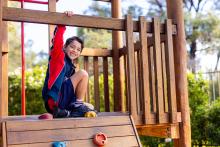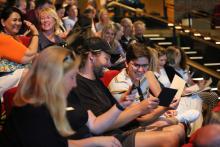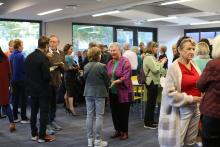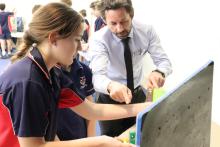
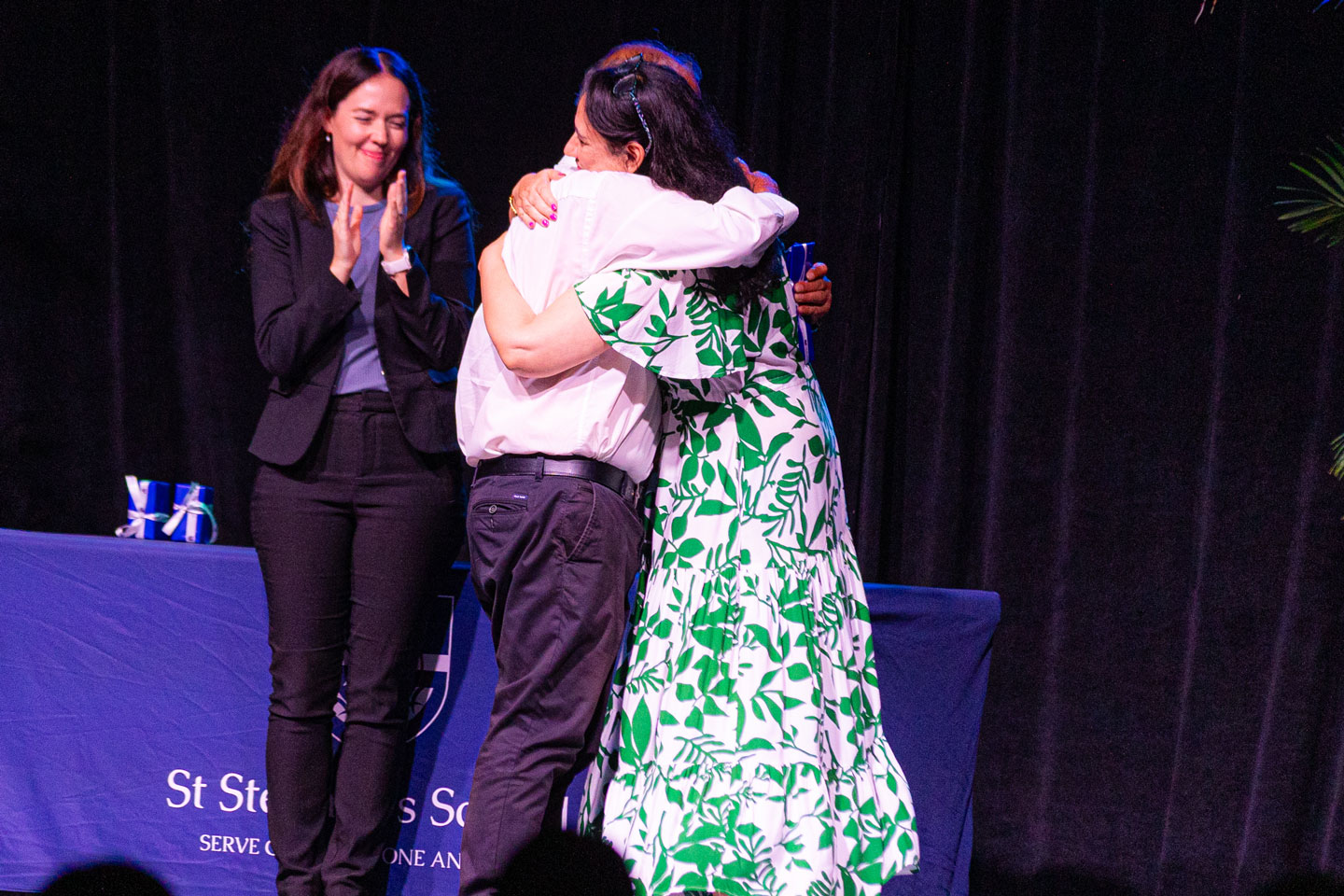
‘We didn’t talk about things like that back then’ stated ABC radio journalist Nadia Mitsopoulos, referring to her father’s suicide 25 years ago. Tearfully she went on to explain how upon returning to work she told everyone he had suffered a fatal heart attack because discussing what had really happened just wasn’t the done thing. Suicide, domestic violence, mental health, these taboo topics skirted around the edges of society in the year 2000. As humanity has evolved and attitudes have shifted, discussions surrounding these issues have become more common, coinciding with structural change within business and institutions.
St Stephen’s School has a strong tradition of approaching education from a holistic perspective, ensuring equal weighting is given to pastoral care and academic performance. Over time it has become clear that in order for students to reach their full potential the same holistic approach must be given to the School’s staff.
Steph Snyman is the Director of People and Culture at St Stephen’s School. Over the last decade she has seen a definitive shift in priorities, which is in line with a wider cultural shift for HR departments “HR in schools has transformed significantly. It’s no longer payroll and policies; it’s about people and culture. We’ve seen a shift towards a more holistic approach where staff wellbeing, professional development and engagement take centre stage.”
Schools have recognised that happy, engaged staff are the key to delivering the best outcomes for students. An engaged staff member cares about the success of the school, they see the link between their efforts and student success, ultimately impacting how fulfilled they feel in their day-to-day work. Those who work in education understand it’s a long game, where teachers see the fruits of their labour over several years. They may no longer teach the student, but they still get to see them flourishing within a supportive school environment. This level of job satisfaction is only possible through employment longevity. Ensuring staff are engaged and their mental health requirements are considered assists with this retention.
“Being aware of the mindfulness and wellness needs of staff, can really improve their well-being and engagement at work” Steph stated. Ultimately, it’s about understanding that schools are communities, and the staff are just as important as the students in creating a positive, dynamic environment. HR has evolved to reflect this with a much stronger emphasis on relationships, trust and collaboration.
“In the past, HR was seen as a back-office function, but now it’s at the heart of school operations. The focus has moved to creating an environment where staff feel valued, supported and empowered to thrive.”
Whilst there has been an increased focus on mindfulness in the workplace it’s important to recognise that mindfulness and wellness mean different things to different people, “In a school of our size with around 370 staff finding initiatives that meet everyone’s needs can be a challenge” Steph said.
To facilitate wellness, the School offer a variety of initiatives throughout the year like free coffee and muffins during busy periods, regular staff get-togethers, a dedicated program for supporting staff returning to work, a day for professional development and a wellness day focussing on personal wellbeing where everyone can participate in various activities and sessions. In addition, the School has developed several tools for staff to manage their own wellbeing and mental health including 6 complimentary counselling sessions per year. Steph acknowledges that there’s no one-size-fits-all approach and finding the right balance can be tricky. In 2024 a wellness puzzle initiative was undertaken with mixed reactions from staff. “The idea for the puzzle initiative came from a desire to find a fun and simple way to support staff wellbeing. We wanted to try something a bit different that could help with stress relief, improve focus and bring people together. Puzzles seemed like the perfect fit and was inspired by the growing focus on mental health in workplaces.” Steph explained.
Whilst many staff members embraced the puzzles with enthusiasm, finding it a fun and creative way to unwind and connect with colleagues there were some less engaged staff that felt puzzles did not align with their idea of wellness. While the initiative highlighted the importance of innovative wellness activities it also highlighted the need to balance inclusivity with practical application.
Steph believes it’s all about balance “too much focus on wellness might feel overwhelming, while too little can leave people feeling overlooked. It’s about offering support in a way that feels accessible and not adding extra pressure.”
Thankfully, the doors of discussion to mental health and wellness have been opened and HR restructures are accommodating this societal shift. Wellness is deeply personal; it can be as meaningful as the introduction of domestic violence leave or as simple as the joy derived from finding a puzzle piece that fits, both concepts, now common place, would have seemed very radical 25 years ago.






